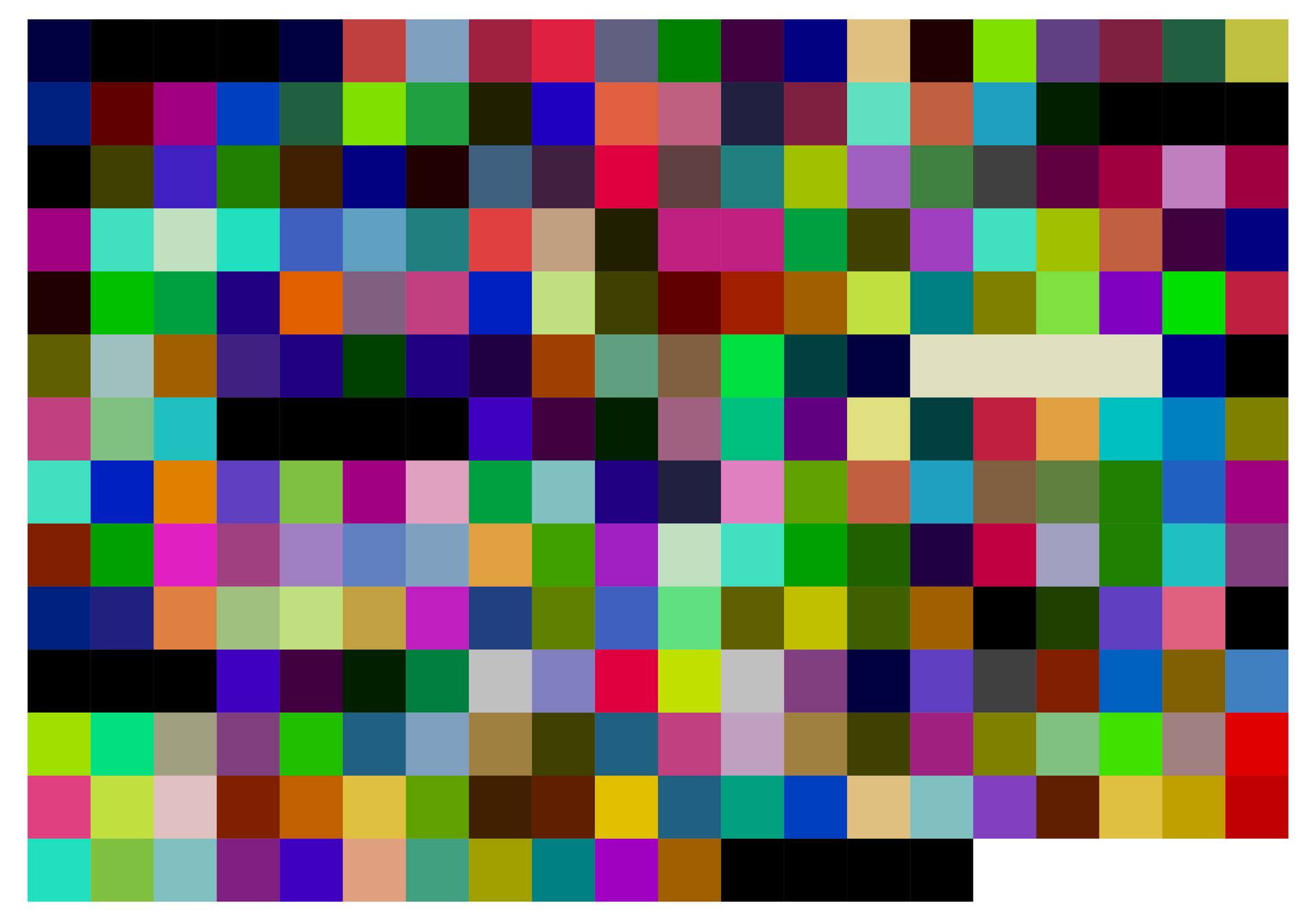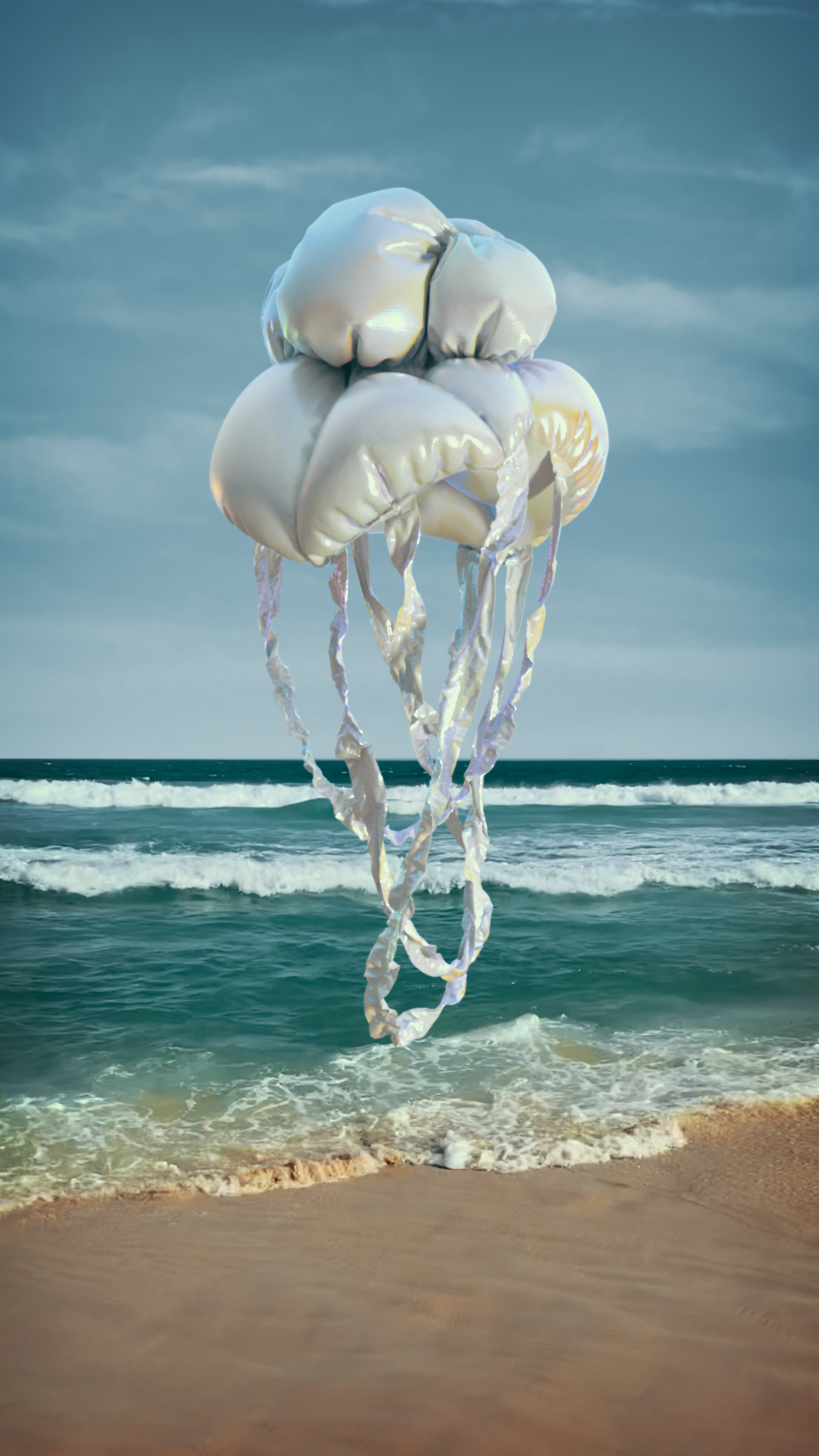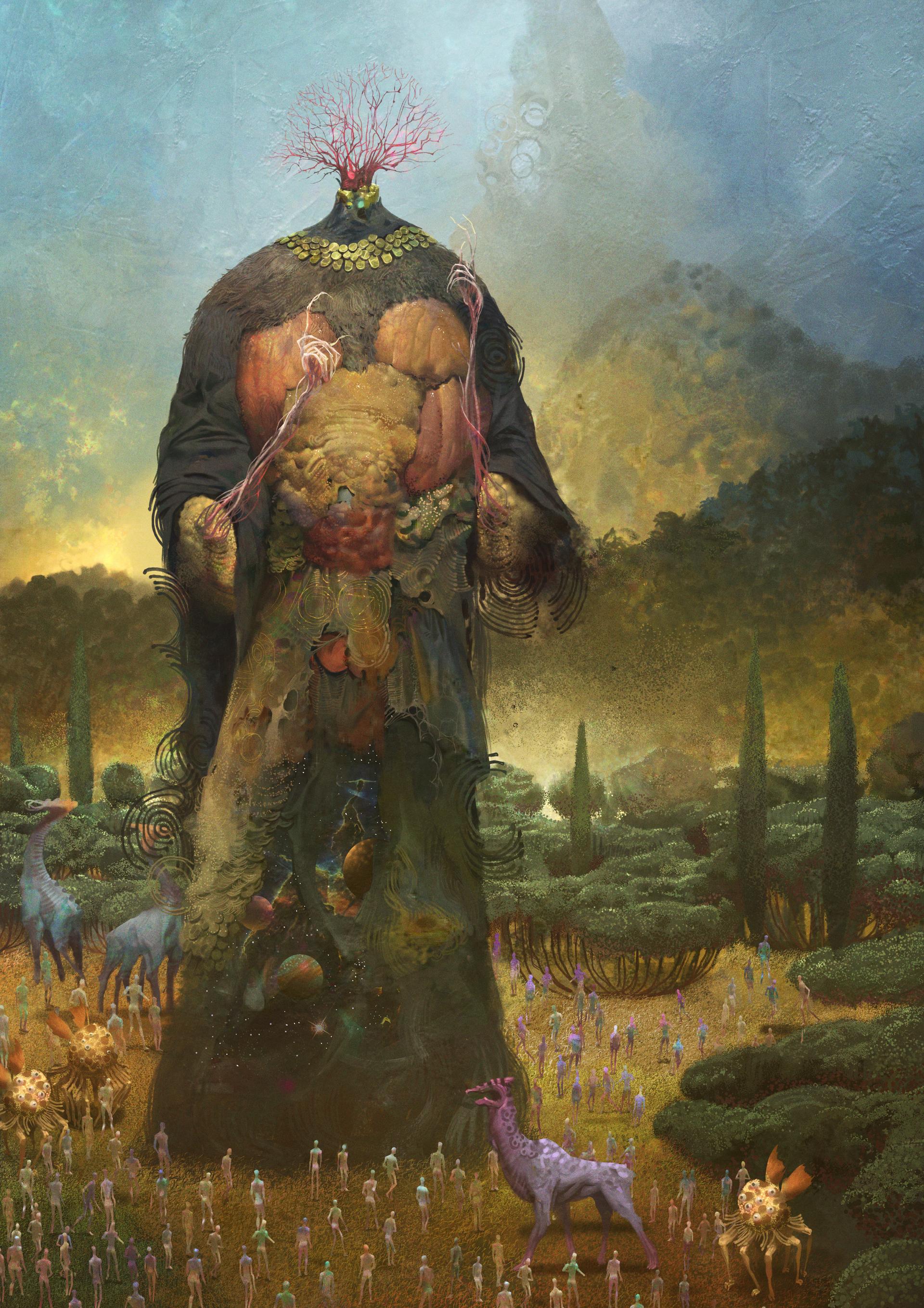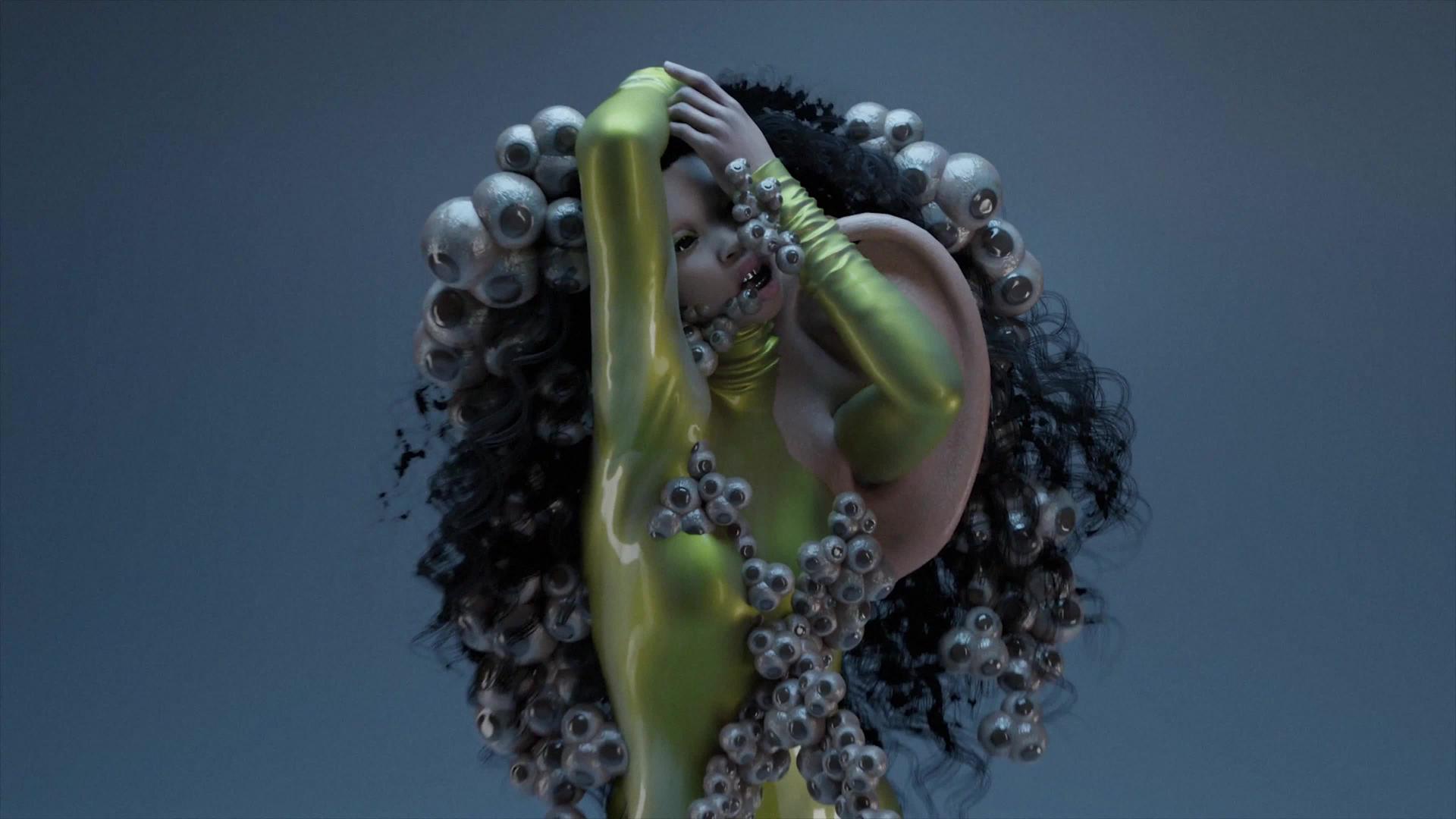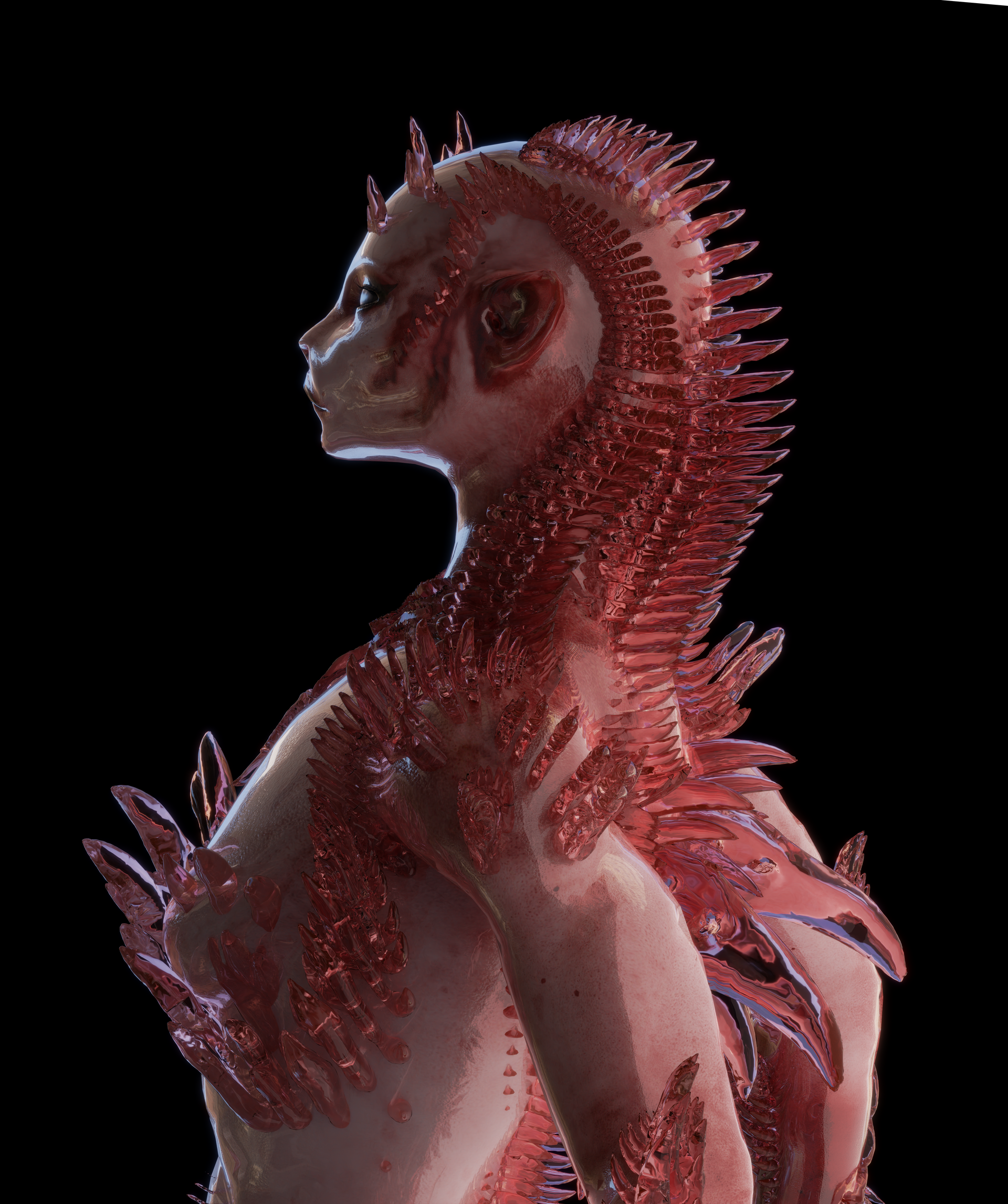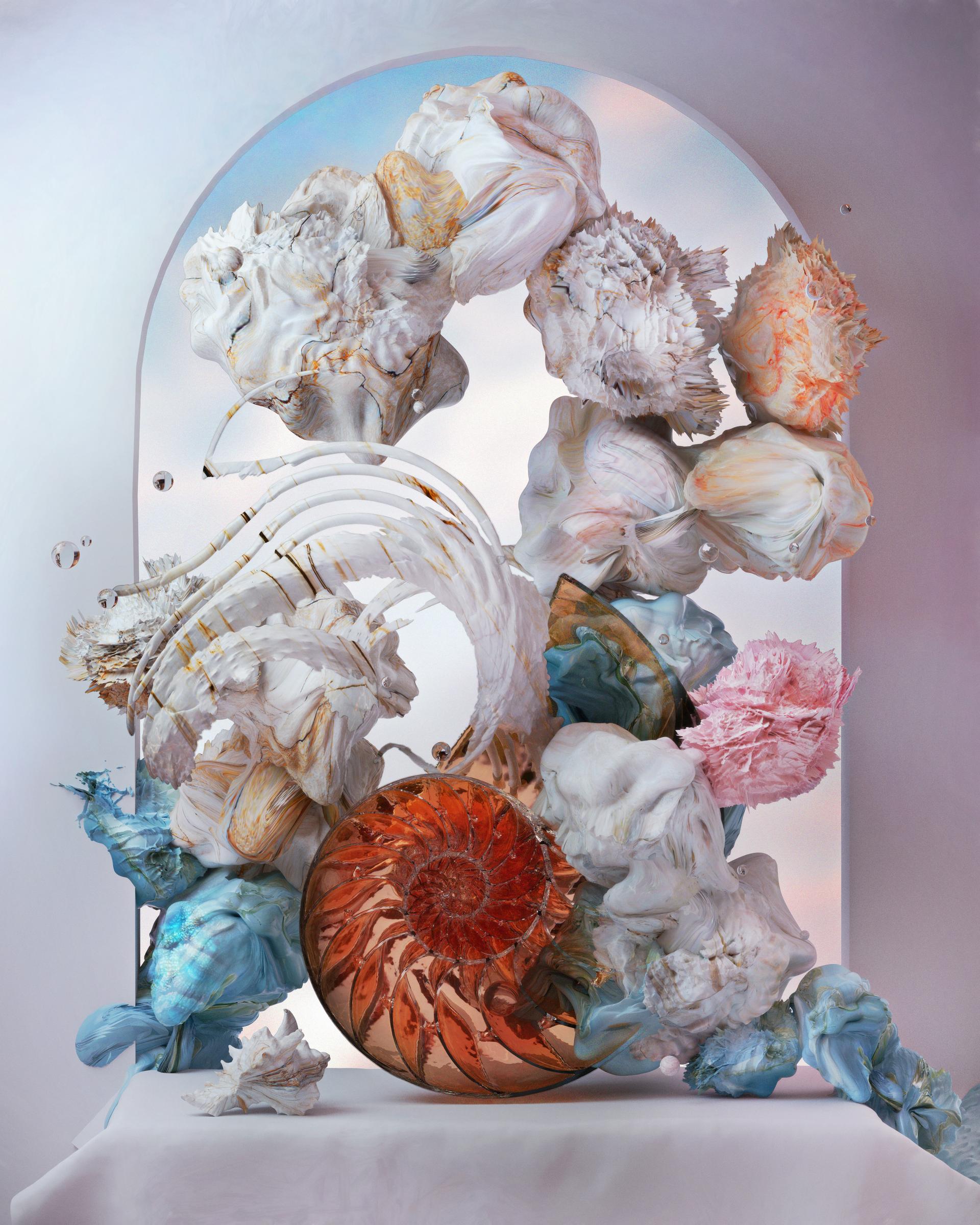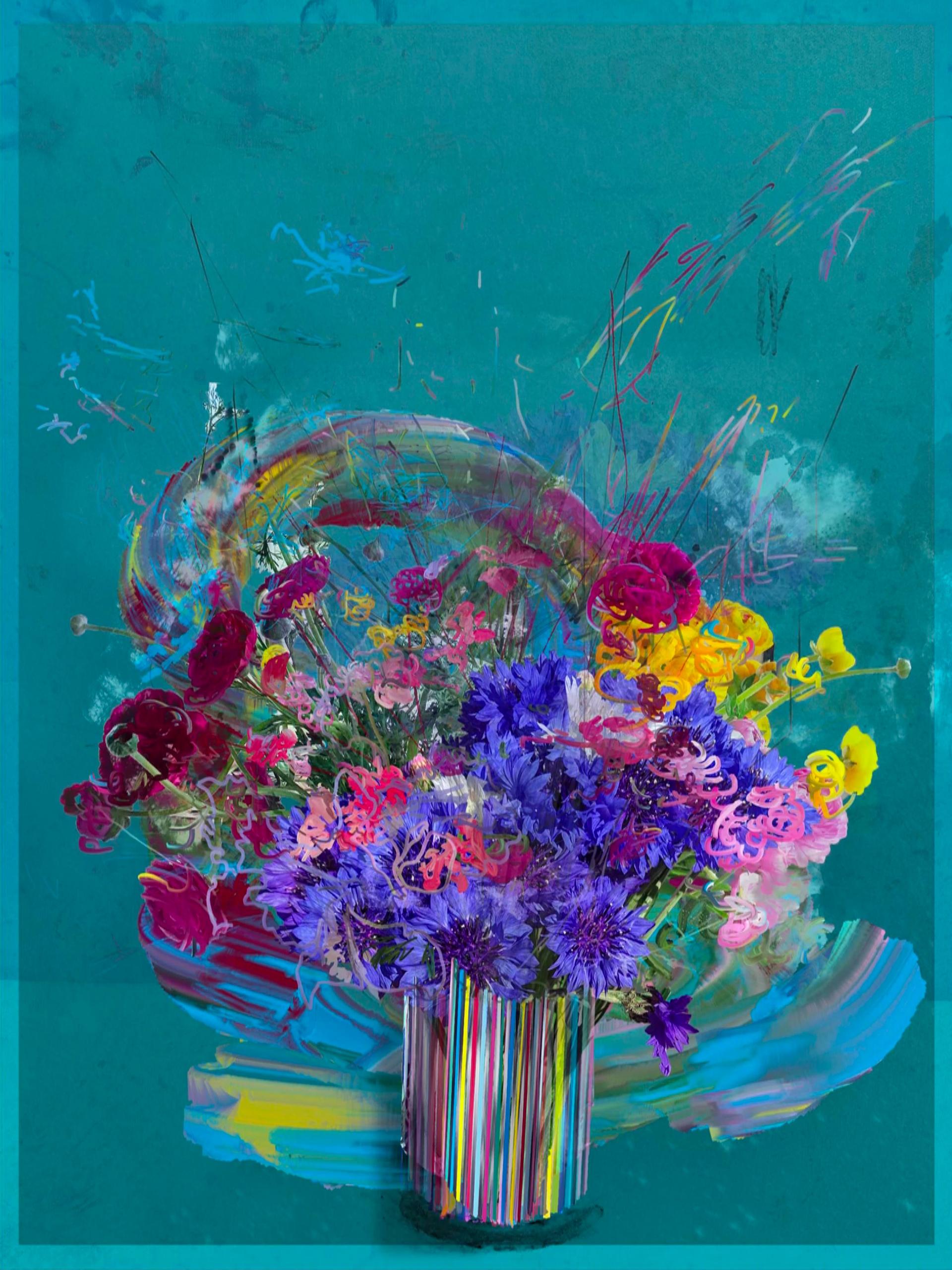In a talk with an executive of a large (and evil, as those should be) social network a few years ago, who was in charge of its arts and culture department, I once stumbled upon an obvious, but spot-on delusion. Describing the interface of the social network, they mentioned casually, that it works precisely like a white cube gallery: neutral and welcoming any user to make with, in and out of it whatever they wish. Surely, the neutrality of a white cube space has been refuted and played around with for decades in academic writing, institutional and independent artistic practices. Web interfaces have also been theorised and critiqued as precisely the controlling, ideologically rich and opaque/covert, always inherently problematic environments set between the user and the algorithms.
Still, as the hype around decentralised protocols made way for a bubbling market for tokenised digital objects, and platforms were developed to host this market, it was hard not to pick out their whitish, e-commy, functional and neutral design, inevitable for the goal of hosting streams of unsortable images, be it gifs™ or multilayered transmedia projects. Meanwhile, the very idea of the primacy of ownership through a unique contract, regarding a work of art (an object, or a collectible) leads back to practices in the history of conceptual art.
What dimension exactly has been stripped off of a modernist white cube in a Web3 interface (or has not — set aside, why rebuild it)? Hyperplatformisation introduced new types of maps of interactions between artists, producers, audiences, collectors etc., through regulatory mechanisms such as online social capital, randomised gatekeeping and pure speculation. Such irregular maps often create a non-navigable, exclusive space for economic and affective agents, once again with labour unseen, and profits centralised.
These several (well-known) artistic practices have been looking into this for a while now, engaging with the media and market itself.
In a talk with an executive of a large (and evil, as those should be) social network a few years ago, who was in charge of its arts and culture department, I once stumbled upon an obvious, but spot-on delusion. Describing the interface of the social network, they mentioned casually, that it works precisely like a white cube gallery: neutral and welcoming any user to make with, in and out of it whatever they wish. Surely, the neutrality of a white cube space has been refuted and played around with for decades in academic writing, institutional and independent artistic practices. Web interfaces have also been theorised and critiqued as precisely the controlling, ideologically rich and opaque/covert, always inherently problematic environments set between the user and the algorithms.
Still, as the hype around decentralised protocols made way for a bubbling market for tokenised digital objects, and platforms were developed to host this market, it was hard not to pick out their whitish, e-commy, functional and neutral design, inevitable for the goal of hosting streams of unsortable images, be it gifs™ or multilayered transmedia projects. Meanwhile, the very idea of the primacy of ownership through a unique contract, regarding a work of art (an object, or a collectible) leads back to practices in the history of conceptual art.
What dimension exactly has been stripped off of a modernist white cube in a Web3 interface (or has not — set aside, why rebuild it)? Hyperplatformisation introduced new types of maps of interactions between artists, producers, audiences, collectors etc., through regulatory mechanisms such as online social capital, randomised gatekeeping and pure speculation. Such irregular maps often create a non-navigable, exclusive space for economic and affective agents, once again with labour unseen, and profits centralised.
These several (well-known) artistic practices have been looking into this for a while now, engaging with the media and market itself.
